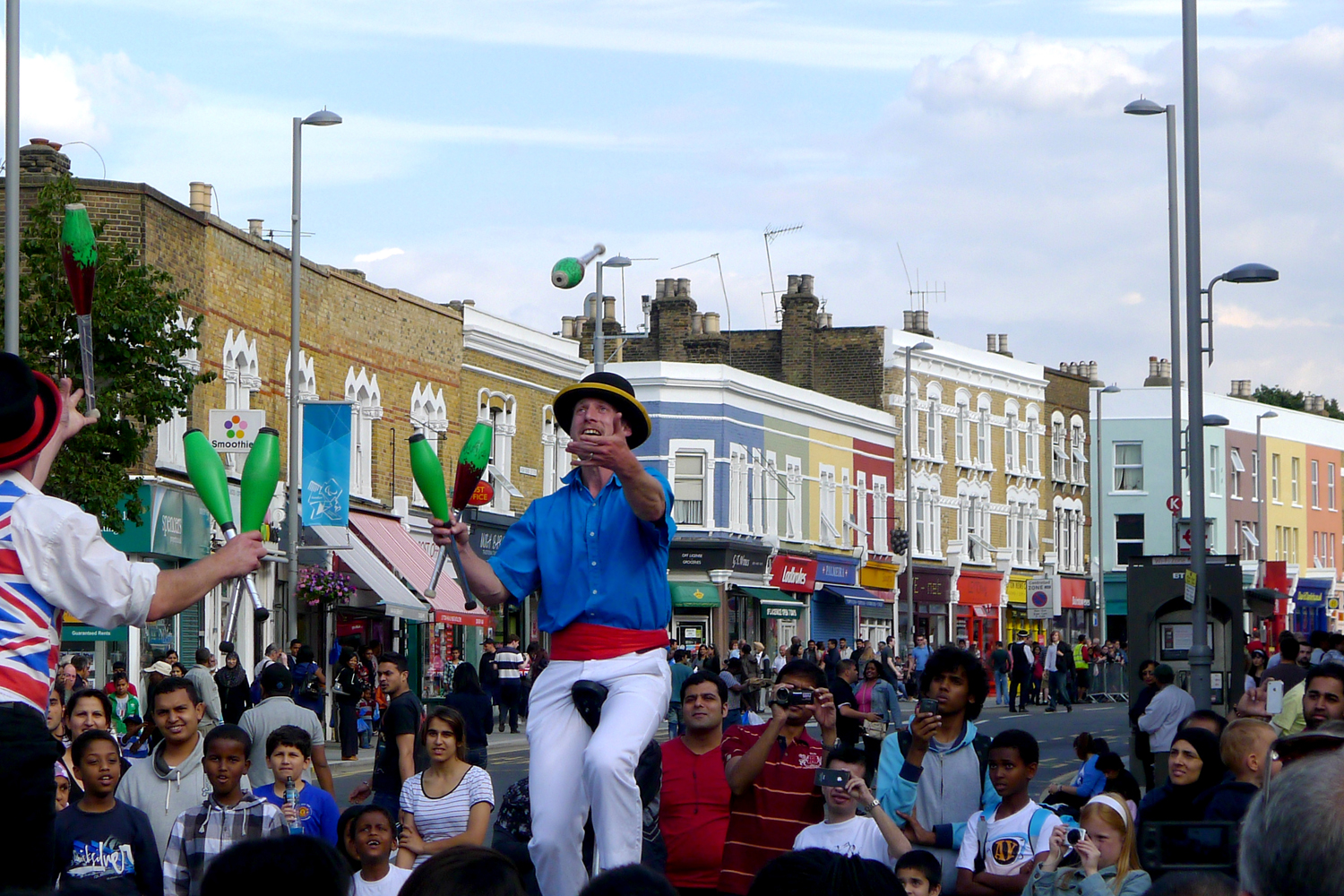Being civic means to act in a way that satisfies a common need or supports a public cause. Although some public causes such as safety and inclusivity are universal, the way that society strives for them, changes over time.

Design of public space today is obsessed with eradicating the unknown and being assertive about the future. This way of working has led to the blight of town centres worldwide during the last century. A rigid approach to public space design can stifle civic society, undermining all spontaneity. And it profoundly effects the shape and form of our cities, smothering all acts of improvisation, impulse and impromptu creativity. If the pandemic has taught us one thing, than that is that the future is a lot less certain than we previously thought.
As a designer, the greatest civic act that we can entertain is to embrace uncertainty. For designing truly civic space means to give agency to others and space to accommodate the unexpected. Appreciating the malleable qualities of urban spaces preserves opportunity to discover the unknown, harbour the potential for innovation, the delight at gaining a greater understanding, of learning, revelation, even inspiration or vision, together.
In their classification of urban space in Dalston in North London, Muf architecture/art distinguish between ‘release spaces’ and ‘host spaces’. Release spaces are the spaces that create linkages in the urban fabric, associating diverse uses and creating relationships between citizens. Host spaces are about facilitating the visual arts, film and performance to be part of the public realm. Interesting is also that for Muf, public space includes interior spaces, like empty shops, libraries and community centres. Their view of the city recognizes the value of the informal, the inherent creative potential of the ad-hoc and of improvisation. What makes urban space civic is not the actual ownership model, but its capacity to provide for the diverse needs of citizens.
Nabeel Hamdi’s book ‘Small Change’ foregrounds the citizen advocating for ‘the wisdom of the street, the ingenuity of the improvisers and the long-term, large-scale effectiveness of immediate small-scale actions.’
As activists rather than theorists we like to consider the practicalities and implications of this way of thinking. To generate truly civic space, maybe we should all design less, but less over a lot longer period of time; maybe maintenance and upkeep are desirable qualities of our urban realm allowing communities to become involved and engaged with the public spaces they inhabit; maybe local government should be rewarded for taking risk rather than eliminating it; maybe architects and planners should be paid from revenue budgets rather than capital budgets; maybe contingency funds should be greater than project funds and maybe we should all accept that the city is an ongoing project which will never reach practical completion, allowing public space to accommodate the changing needs of its citizens.
Design awards for architecture and urban design projects commonly reward a momentary success in the status of a construction project, ignoring the need for such projects to stand the test of time and to let civic life fully unfold before judgment is passed. In recognition of the deficiencies of such awards, the London charity Open City has launched the ‘Urban Stewardship Award’, an award which celebrates continuous stewardship of urban spaces over a number of years, recognizing that change and adaptation are desirable qualities.
Chilean architect Araven’s concept of the Dotank (as opposed to Thinktank) puts (small-scale) urban actions before planning, an approach that is manifest in many of our projects.
At Gladstone Avenue, a residential neighbourhood in North London, we are working closely with a local environmental charity and a primary school in to transforming a cul-de-sac into a small educational garden. The actual design proposal is modest in scale and subservient to the wider agenda of the project which seeks to imminently reclaim the street as a place for, play, recreation and learning. To garner imminent investment from the community, we worked undertook a series of workshops with the school children to draw proposals on the pavement and trial the resulting spatial relationships at full scale. The schools curriculum will now be adapted to include on-site ecology lessons.
Our Pottersfield Pavillion, a commission from the Business Improvement District, Team London Bridge as part of their bi-annual Live Arts Festival provides a setting for performance, events and workshops, suggesting alternative and experimental uses for the public realm whilst our Drummond Streatery reclaims car parking spaces as ad-hoc seasonal outdoor dining space on a North London high street. At Ebury Edge, the communal courtyard is the civic heart of the project. A gridded scaffold structure allows for customisation and adaptation, giving structure to the space and providing for events and the rigging of temporary market shelters.

Change is inherent to social progress and our success as a society will ultimately be measured by our ability to drive change – not by preventing it. Civic space is an important place to interrogate our interaction with the environment and with each other and it provides a platform for active citizenship.